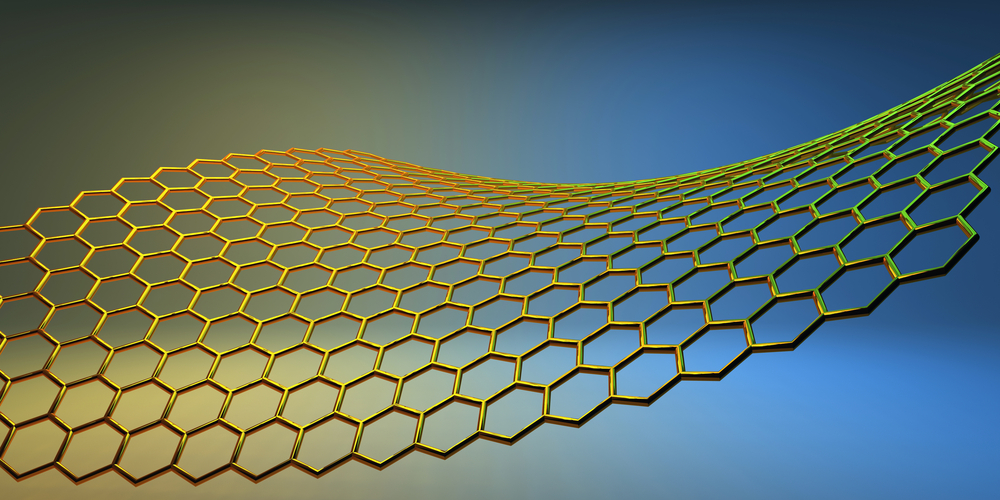Graphene could deliver Internet 100 times faster
July 16, 2013

Graphene (credit: University of Bath)
The use of graphene in telecommunications could dramatically accelerate Internet speeds by up to a hundred times, according to new research by scientists in the University of Bath‘s Department of Physics.
In a paper published in Physical Review Letters, researchers from the Centre for Graphene Science at the Universities of Bath and Exeter have demonstrated incredibly short optical response rates using graphene, which could pave the way for a revolution in telecommunications.
Internet information is transmitted and processed through optoelectronic devices such as optical fibers, photodetectors and lasers, and processed using optical switches, which convert data signals into a series of light pulses.
Ordinarily optical switches respond at rate of a few picoseconds — around a trillionth of a second. But the physicists in this study have observed the response rate of an optical switch using a few layers of graphene to be around one hundred femtoseconds — nearly 100 times quicker than current materials. That should allow for building optoelectronic and photonic devices with modulation speeds up to 200 GHz, the researchers suggest.
Commenting on the report’s main findings, lead researcher Dr Enrico Da Como said the finding has “exciting applications for the development of high speed optoelectronic components based on graphene. This fast response is in the infrared part of the electromagnetic spectrum, where many applications in telecommunications, security and also medicine are currently developing and affecting our society.”
In the long term this research could also lead to the development of quantum cascade lasers based on graphene. Quantum cascade lasers are semiconductor lasers used in pollution monitoring, security and spectroscopy. Few-layer graphene could emerge as a unique platform for this interesting application.